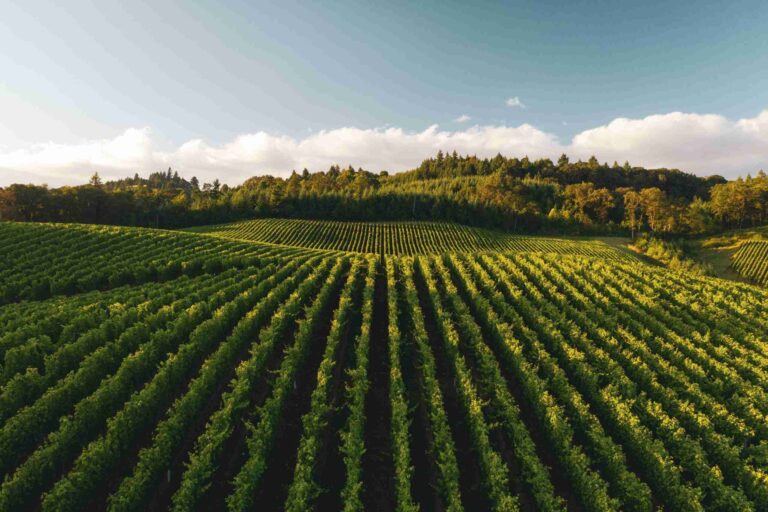Have you ever heard of regenerative agriculture? It is a technique similar to permaculture that combines ancient knowledge with modern techniques. Thus mimicking natural processes to regenerate soil exploited by intensive agricultural practices and obtain healthy, quality products.
Table of Contents
Definition of regenerative agriculture
When we speak of regenerative agriculture we are referring to a set of farming techniques that allow people to benefit from the properties of the land, but without exploiting or impoverishing it.
The model of intensive agriculture adopted since the postwar period around the World was aimed at maximizing yields. Without any concern about the negative effects associated with over-exploitation of the soil.
Thus, the use of heavy irrigation, chemical fertilizers and pesticides, and excessive mechanization made it almost sterile, demineralizing and leaching it.
In order for it to return to its full vitality and efficiency, action must be taken on minerals, organic matter and microbiology, the fundamental elements of soil fertility. This is achieved through the combined action of organic farming practices for plant nutrition and crop defense, supported by biological and mineral enrichment of the soil with specific natural preparations.
These are a series of practices that allow the soil to be ‘regenerated’ by enriching it. In this way, they make it capable again of producing healthy, quality food at low cost, but without being exploited.
With regenerative agriculture, natural cycles are reactivated, transforming the soil into a vital, mineral- and microbiologically-rich humus. The goal is to make it suitable again for healthy, hardy plants with quality fruit.
How regenerative agriculture works
After the starting situation is analyzed to determine how ‘parched’ and depleted the soil is, it is regenerated by adopting traditional agricultural practices. These include crop rotation.
Intervention by mechanical means is limited and biological preparations are used to fertilize and nourish the soil. Preparations and techniques typical of integrated pest management are used to defend plants from pests.
Read also: The 10 best green alternatives to chemical fertilizers
The techniques of regenerative agriculture
In essence, regenerative agriculture is a set of techniques for rebuilding soil vitality that draws on permaculture.
It combines traditional knowledge with modern scientific knowledge, mimicking natural processes, to provide many other benefits as well. These include decreasing soil erosion and remineralizing soils, ensuring the purity of water in aquifers or cutting down pesticide use.
Some may argue that alternative farming methods are attractive in theory, but they do not allow farmers to be competitive in the market.
In contrast, activist Charles Eisenstein shows us that farming that is aware of natural balances is capable of increasing yields. And, reducing or lowering costs for chemicals such as fertilizers.
Not to be forgotten is the fact that it can sequester very significant amounts of CO2. Research from various U.S. universities claims that if regenerative agriculture were applied everywhere, it could cope with 40 percent of the world’s emissions, not counting reforestation and switching to alternative energy sources.
However, it is interesting to note that techniques, such as regenerative agriculture, are not enough. A new mindset is needed. A mindset different from the current one in which Nature is conceived as an inert object serving the human species.
Climate engineering is but the most extreme effect of this philosophy that proposes active human intervention to counterbalance the negative effects of human activity itself on the environment.
A paradigm shift
We do not want to deny the ability of technology to improve some of our issues, absolutely. But the doubt always remains that perhaps, to really change things, technology alone is not enough. We need a change of attitude. The problem lies not so much in whether or not to use cutting-edge tools or concepts. But, to have the proper mindset and sensitivity to apply them.
Sociologist Jeremy Rifkin calls this sensitivity empathy. A state of mind in which we are able to feel the other, whether our fellow man, animal or plant, in such a way as to act for the good of not just our bank account but the whole system.
The other key word in this paradigm shift is biophilia, the love of nature. Not as a romantic, abstract object, but as part of us.
Regenerative agriculture in fact has a humble attitude that does not think of solving problems globally, with a click from a big desk in a city office. On the contrary, it does so on a local level, pasture by pasture, farm by farm.
Read also: Without intensive livestock farming, CO2 pollution would be reduced by 68%












